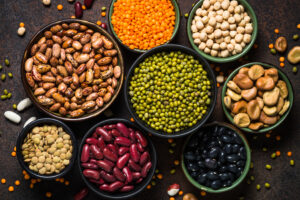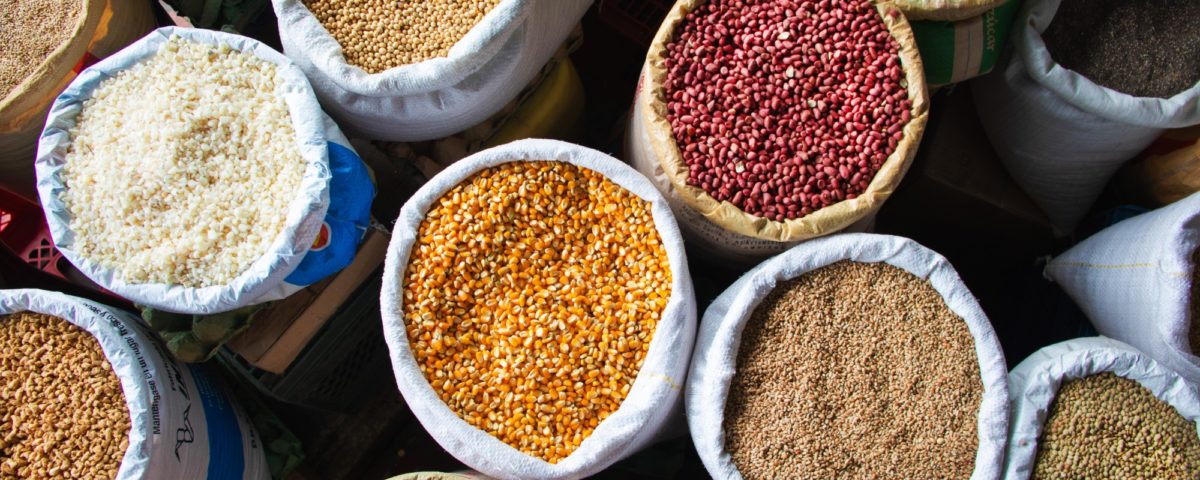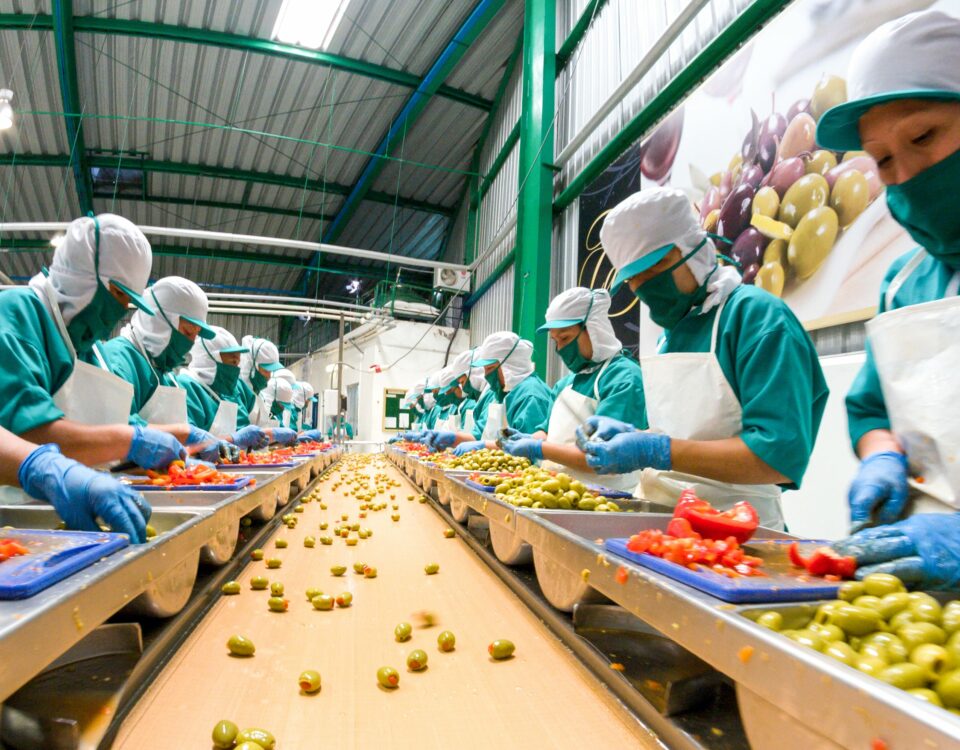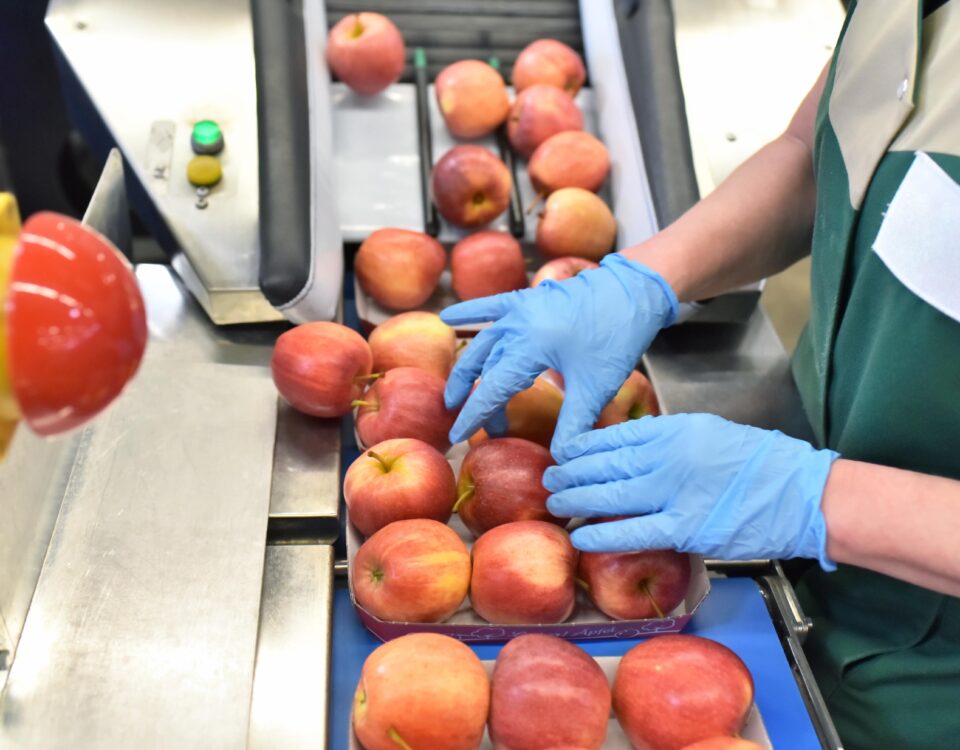Ready to Eat (RTE) Legumes, Rice, and Grains
Published on: August 14, 2020

Is Frozen Fruit Healthy? 5 Health Benefits of Frozen Fruits
July 27, 2020
5 Tips for Choosing the Best Frozen Food Distributor for Your Restaurant
September 30, 2020Proper food safety can prevent foodborne illness and support social and economic stability. To ensure that food is safely prepared, stored, and consumed, different food items belong in categories with specific guidelines for safety.
One of these categories is Ready To Eat (RTE) foods. These foods do not require any additional processing before consuming. Lunch meats, bakery treats, and prepared salads are a few examples of RTE foods.
There are also legumes, rice, and grains that are RTE foods. Want to learn more? Keep reading!
A Quick Review of Ready To Eat (RTE) Products

Ready to eat foods are foods that do not require any additional processing. Most of these foods have been created for convenience. They do not require cooking, cooling, or heating before you can consume them.
Here are a few facts about RTEs that can help you distinguish them from other food categories. Know what to look for when you’re purchasing and selling RTE foods.
- RTE foods generally do not have any cooking or preparation instructions on their packaging
- RTE foods are generally shelf-stable meaning they can be on a shelf for sale without refrigeration or heat application. However, once fully cooked they are no longer shelf-stable
- Frozen RTE foods may require heat for best results and taste
- Fresh or frozen entrees including meal or poultry combined with rice, grain, or vegetable can still be classified as an RTE food
RTE Legumes, Rice, and Grains
While you might think of RTE food as proteins or fruits and vegetables, they can also be part of the legume, rice, and grain groups.
If you’re looking to branch out your RTE foods into these groups, here is a quick guide to get you started.
Legumes
Legumes come from a plant or the fruit or seed of a plant. They are harvested and used in many different cuisines around the world. Some of the best-known legumes include peanuts, pinto beans, and lentils.
Not all legumes are RTE immediately upon harvesting. In fact, it can be harmful to consume some legumes without treating or cooking. However, when properly handled they can become RTE foods.
Garbanzo beans, peas, kidney beans, black beans, and peanuts are all excellent RTE served foods when handled properly. These items can also be frozen to maintain freshness.
Rice
Rice is most commonly combined with other ingredients to make RTE meals. It is a versatile carbohydrate that is healthy and safe to serve at a wide variety of temperatures making it ideal for RTE foods.
Remember that you should not consume “raw” or uncooked rice because it can carry harmful bacteria. Fortunately once heated or cooked, that bacteria will not harm the consumer unless it is left at room temperature for an extended period of time.
Despite the information above, rice can still be a viable RTE food when handled properly. Partially cooking the rice, or fully cooking the rice and freezing will meet the criteria of an RTE food.
Examples of rice RTE products include vegetable fried rice, chicken and rice, and several varieties of curry dishes.
Grains
Grains is a broad category of ingredients including products from wheat, oats, cornmeal, or barley. Examples of grains include most cereals, pasta, and bread. Quinoa is another very popular grain used in dishes from a variety of cultures.
When sourced from responsible distributors, grain products can be classified as RTE foods. Grain bowls featuring several grains sometimes with vegetables are one of the most common types of grain RTE foods.
These products are shelf-stable, but usually require some cooking for overall palatability. Grain products can also be frozen with fresh produce and classified as RTE foods.
Where to Find RTE Food
As your average consumer, you can find plenty of RTE foods in convenience and grocery stores. But as an industrial food manufacturer, foodservice distributor, or chain restaurant owner, finding quality sourcing for RTE products can be more challenging.
If you fall under one of the latter categories, there are a few things you need to know when purchasing RTE legumes, rice, and grains.
Use a Reputable Supply Company

There are several RTE food distributors selling legumes, rice, and grains. But not all of them are reputable and reliable. Before deciding on a distributor ask about where the products are sourced, how they are transported, and what measures are taken to keep products safe.
Ask distributors for references to get unbiased reviews of their product and service. When it comes to the reputation of your company, you can only trust those companies with an established history of high-quality products.
Save Money by Purchasing in Bulk
A great way to save money when purchasing RTE legumes, grains, and rice is to buy in large quantities. Because these items are shelf-stable, you don’t have to worry about having them stored for later use. However, it’s still important to store them accordingly to local health code regulations.
Ask your distributor for options on bulk pricing and budget accordingly.
Prioritize Freshness
If you are looking for a distributor for more than legumes, rice, and grains, you have to consider overall freshness. When it comes to supplying RTE fruits and vegetables, freshness is critical.
Ask about where and when the harvest season is for the items and how they ensure freshness during travel and delivery.
Ready to Buy Ready to Eat Foods
So now you know everything you need to know about ready to eat (RTE) foods, including legumes, rice, and grains. There are many different varieties of each group that can contribute to a unique menu of food items while saving time and money.
So, if you want to purchase RTE foods for your business, do your research first. Ask the right questions to make sure you are getting the best available products on the market.
To learn more about how we supply RTE foods with the freshest ingredients, contact us today.




